COGA Fact Sheet: Colorado Taxes
Colorado Oil & Gas Taxpayers
Colorado’s oil and natural gas industry is one of the state’s largest taxpayers. It also adheres to a system that is unlike any other energy tax framework in the country, making state-to-state comparisons incredibly difficult, if not impossible.
Colorado’s oil and natural gas taxes are paid primarily through three mechanisms: the local ad valorem tax (assessed by each county and various local municipal taxing authorities), the state severance tax, and the state conservation mill levy.
Local Ad Valorem Property Tax
In the 1970s, Colorado legislators intentionally designed the state’s oil and natural gas tax system to keep a majority of tax revenues in the communities where development occurs, through what is called a local ad valorem property tax. Roughly 70 to 80 percent of the industry’s tax obligation goes to local governments, school districts, fire districts, sanitation districts, water districts and a variety of other local taxing entities. In addition, half of the state severance tax obligation goes back to local governments through the mineral impact grant program. This locally emphasized tax structure is very different from all other states, where a severance tax goes exclusively to state governments to serve state-determined priorities, which may or may not include a local benefit.
The property assessment rate for Colorado’s oil and natural gas industry is 87.5 percent, which is 3 times larger than other businesses and more than 12 times larger than residential property. For example, homeowners are taxed by multiplying 7.15 percent of the gross property valuation of their home, times the local mill levy. A business is taxed by multiplying 29 percent of the gross property value of the business, times the local mill levy. And finally, oil and natural gas is taxed by multiplying 87.5 percent of the gross sales value of production at the wellhead, times the local mill levy.
In counties like Weld there are more than 300 different taxation authorities, such as fire districts and school districts, many of which have overlapping boundaries. The county treasurer collects these various taxes and distributes the revenues to the appropriate local jurisdiction.
State Severance Tax
Colorado’s state severance taxes are paid after the local obligation is fulfilled. Companies may deduct 87.5 percent of what they’ve paid to local entities from their state severance tax via the local ad valorem tax credit. This is important because unlike other states, in Colorado the local property tax rates discussed above vary dramatically from jurisdiction to jurisdiction. In some counties the tax obligation may be high, and in others it may be quite low. The credit normalizes a company’s combined local-state tax requirement. For example, if a local jurisdiction’s tax rates are low, then a company’s state severance tax will be higher, and vice versa. Also mentioned above, 50 percent of Colorado’s severance taxes are given back to local governments via the local mineral impact fund. This further emphasizes the local prioritization of Colorado’s oil and gas tax system.
Conservation Mill Levy
The third tax, the conservation mill levy, is set by the Colorado Oil and Gas Conservation Commission (COGCC). The mill levy is assessed on the market value of all oil and natural gas produced at the well. Revenues supply the Oil and Gas Conservation and Environmental Response Fund. That fund pays for the plugging and reclamation of orphan wells and pays for part of the COGCC annual budget. A portion of severance tax pays for the remainder of the agency’s staffing and operational costs.
Economic Analysis
When you step back and also account for individual and corporate incomes taxes, the total fiscal flow to the state and local governments amounts to approximately $1 billion per year. From that $1 billion in tax revenue, approximately $600 million goes to public education, which includes both K-12 and higher education.
A 2019 University of Colorado at Denver economic study, Colorado Oil and Natural Gas Industry Economic & Fiscal Contributions, specifically looked at upstream and midstream sectors only, including direct and indirect jobs, in order to better understand the tax base from that portion of the industry. This summary describes a few of the economic impact studies that have been completed and how they differ.
Over time, taxes paid by Colorado’s oil and natural gas industry have provided billions of dollars to local communities and to state coffers. This industry is an important part of our economy, as well as an important part of Colorado’s tax base.
Additional Resources & Information
Colorado Oil & Gas Conservation Commission (COGCC) | www.cogcc.state.co.us
Colorado Department of Public Health & Environment | www.colorado.gov/cdphe




